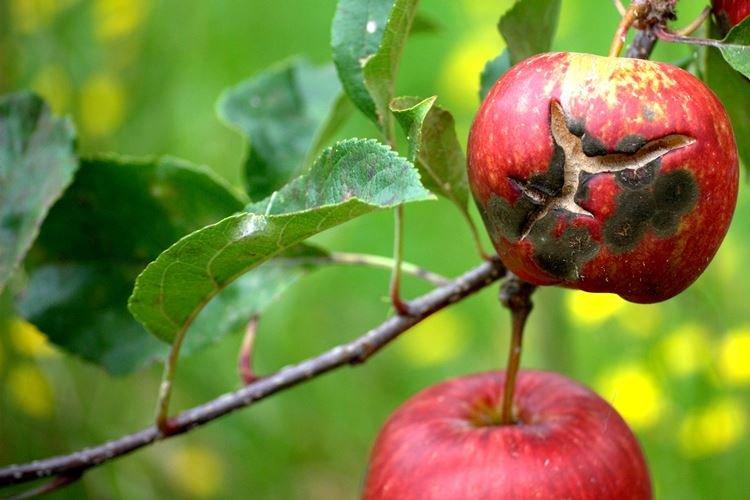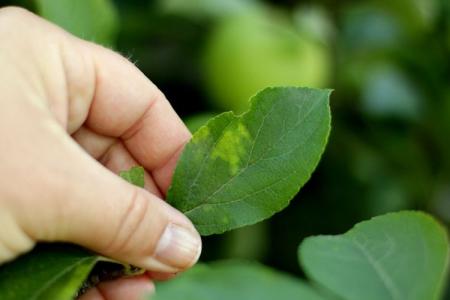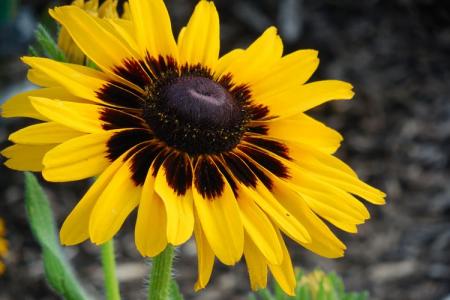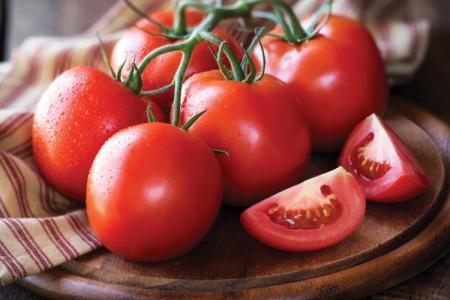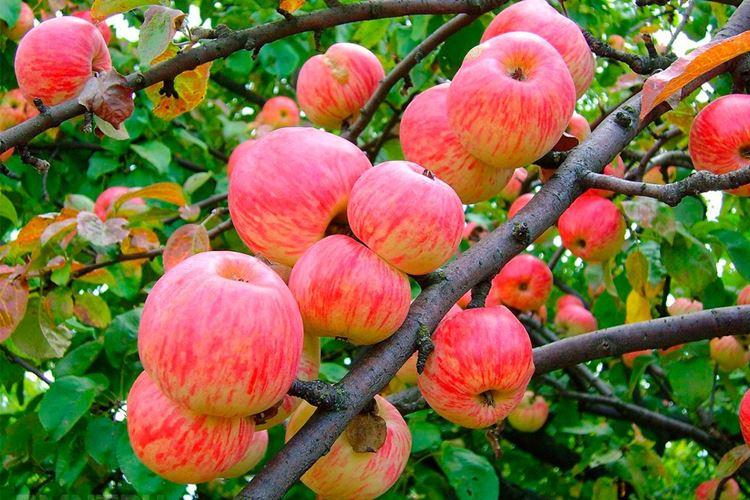
In addition to domestic ones, Canadian varieties of apple trees take root very well in our latitudes. It is in their descriptions that you will see winter hardiness and a rich harvest. Among these varieties, a special place is occupied by the Melba apple tree, which was bred on the basis of the famous Macintosh. If you have managed to taste these fragrant fruits at least once, you will no longer want to give them up. And we will tell you how the landing goes and what kind of care is required!
Description and characteristics of the variety
Melba is named after Nelly Melba, a popular Australian opera diva. It is very old, bred by free pollination at the end of the nineteenth century. This means that during this time the breeders managed to hone the characteristics to perfection.
Melba apple trees are of medium size, up to 3.5 m, with a spreading, rounded crown of medium thickening. Columnar trees can be easily deduced from it, because in the early years this is its natural appearance. The breed belongs to late summer, and in some regions even to autumn.
Melba has a very dark bark with an orange tint, elongated and slightly curved light leaves with a textured edge. On strong young shoots, they seem to swell up, and on old ones, they sag down. Young trees have cherry bark, and a slight edge is visible on the surface of flexible shoots.
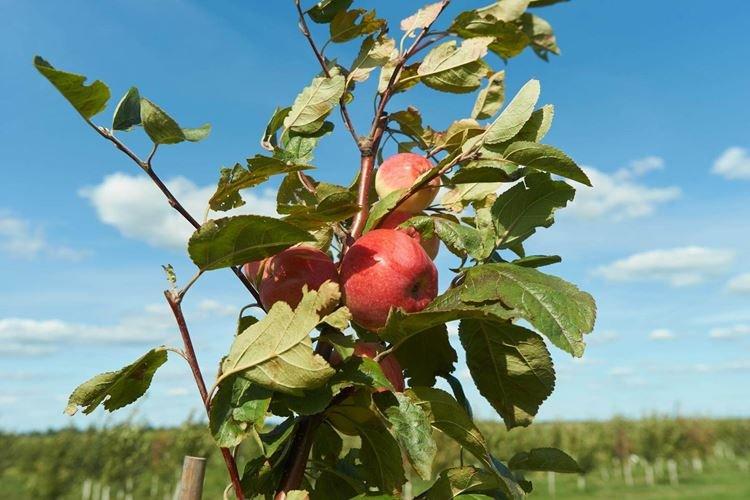
An interesting feature is mixed fruiting, which is not often characteristic of Russian varieties. This means that apples are formed literally all over the tree: on ringlets, twigs, spears. Melba has beautiful large flowers of regular shape, collected on branches very tightly to each other.
Already in the first fruitful year, up to 20 kg of the crop can be harvested from Melba, and in adulthood these figures sometimes reach a fantastic 150 kg. But because of this intensity, after 15 years, periodicity appears. It can be dealt with by rationing the ovaries, but this is not very effective.
Melba fruits - with a pronounced sweet and sour taste, which stands out favorably against the background of traditional summer honey varieties. Apples are medium - up to 200 g, and sometimes very large - up to 300 g. An expressive red blush appears on the yellow-green skin as it ripens. If stored for a long time, the skin may become slightly oily.

Apple tree care Melba
Melba seedlings are best purchased in nurseries, because a very popular breed is often faked. This is not the most capricious variety, but it loves care and reacts well to it with an even larger harvest.
Lighting
Melba prefers sunny areas for sweeter and juicier fruits. Light partial shade is acceptable, but experienced gardeners still do not recommend it.
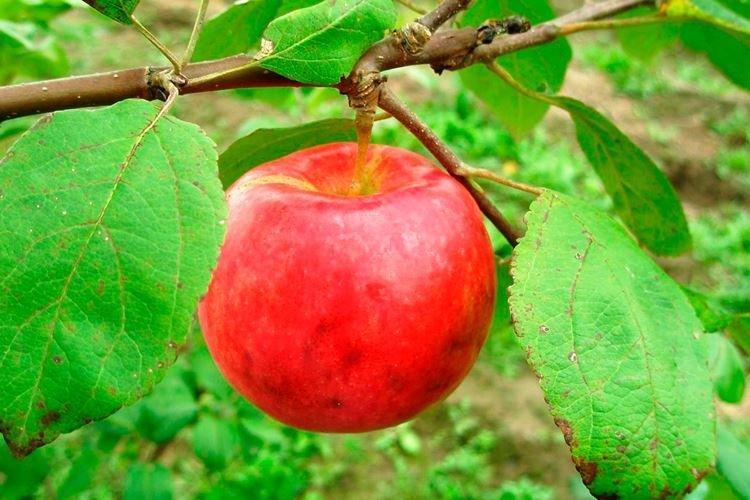
Watering
Up to 5 years, Melba needs regular intensive watering, 1-2 buckets every week, and after that there will be enough natural precipitation. Mature trees are watered only during severe drought, if there has been no rain for more than 3 weeks. To prevent the earth from drying out too quickly on the hottest days, mulch the soil or use a special hydrogel.

The soil
Melba does not tolerate swampy areas, clay soil, silt, water stagnation and high humidity in general are constant. High groundwater is contraindicated for it, closer than 2 m to the surface. But slightly alkaline forest soil, black earth or loam are ideal.
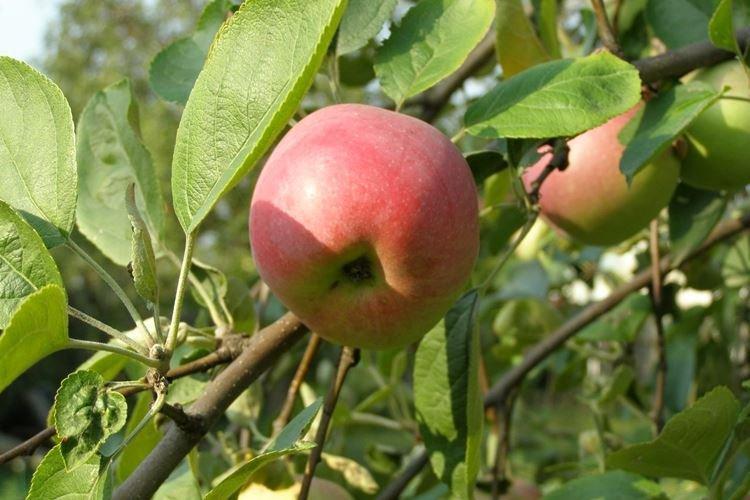
Top dressing
Melba loves feeding very much and is sensitive to them. In the spring, add abundantly nitrate and urea for growth, and in the summer - organic matter to improve the taste of the fruit. In the fall, you need potassium and phosphorus to strengthen young shoots and prepare the tree for winter. Phosphate rock and superphosphates are good for digging.

Reproduction and pollination
Melba is propagated by cuttings, but it is more convenient to buy ready-made seedlings, because fruit trees are difficult and take a long time to root.The variety has big problems with self-pollination, and the percentage of forming ovaries with this approach is negligible. Therefore, we recommend planting several pollinators nearby.
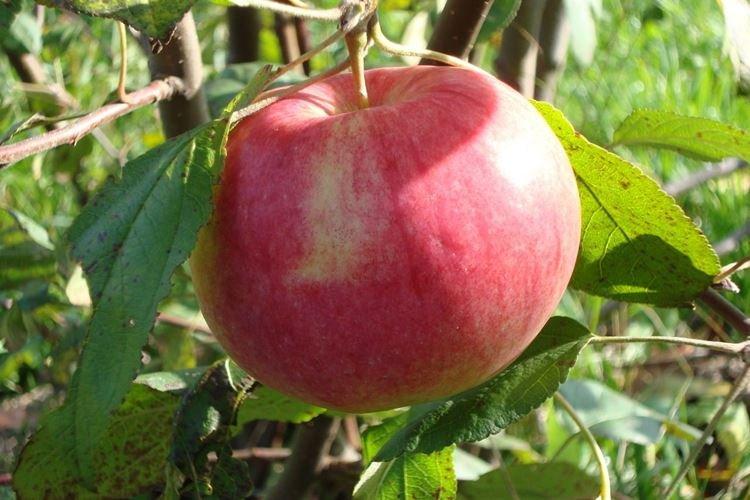
Pruning
Melba is not particularly whimsical due to the fact that by nature it has a crown of medium density. The first thinning pruning is carried out only in the fourth year, and in the future it is needed no more often than every two seasons.

Harvesting
Melba is an early ripening variety that begins to bear fruit well in the fourth year. The crop is harvested at the end of summer, and it is famous for its good transportability and keeping quality. Therefore, the variety is very popular in the industry for the production of juices and preparations. Melba fruits are well stored for up to six months.
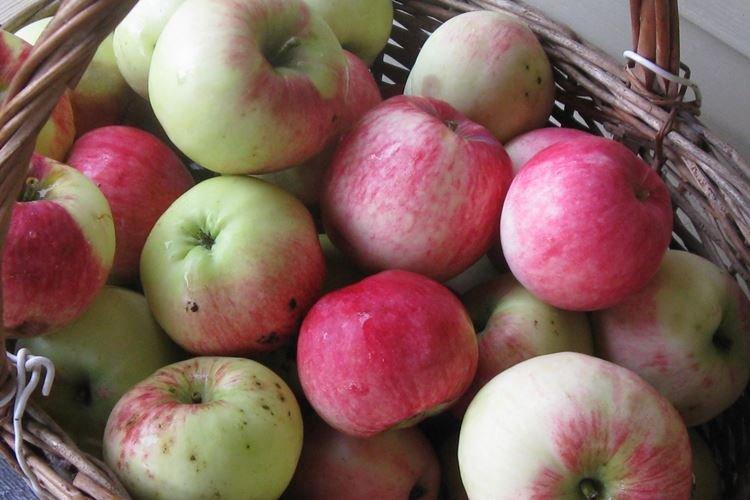
Wintering
Melba is not the most winter-hardy variety, but it winters well in most regions of Russia. It is not recommended to plant it only in the Northern, Ural and Far Eastern regions. Early flowering sometimes causes crops to suffer from spring frosts.
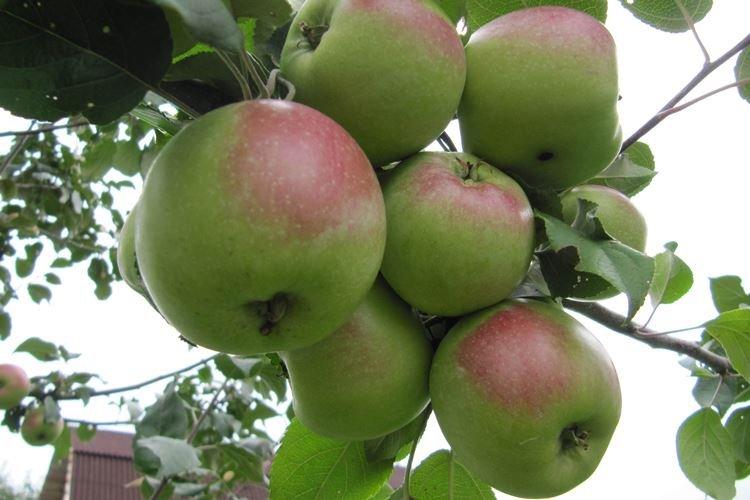
Planting an apple tree Melba
To make the tree take root better when planting, be sure to use a sticky rooting agent and root growth stimulants. You can plant one- and two-year-old seedlings - for Melba this is not important. It is best to do this not in spring, but in September-October, before the start of severe cold snaps.
Be sure to leave a distance of 3-4 m between seedlings, and if you plant in rows, you need more than 4 m between rows. Prepare the pit 2 weeks before planting and add humus, potassium and superphosphate. The standard pit size for a large two-year-old seedling is 80x80 cm. Generously fields the apple tree after planting, cover it with peat and put a support peg.

Diseases and pests of Melba
The Melba apple tree is not too sensitive to scab and pests, but suffers from viral diseases, fungus and powdery mildew. Therefore, do not forget about preventive spraying with fungicides and copper preparations. Remove volunteers, weeds and diseased branches in time to minimize risks. And in May, set up hunting belts from moth caterpillars.
